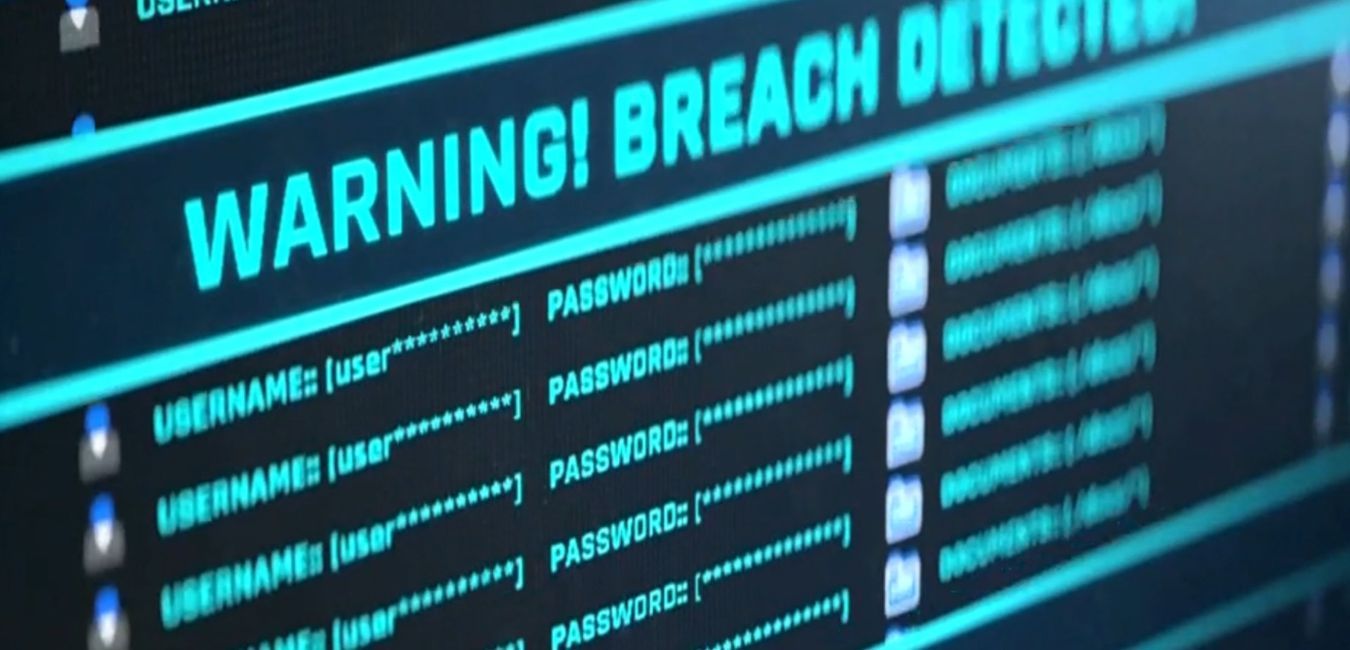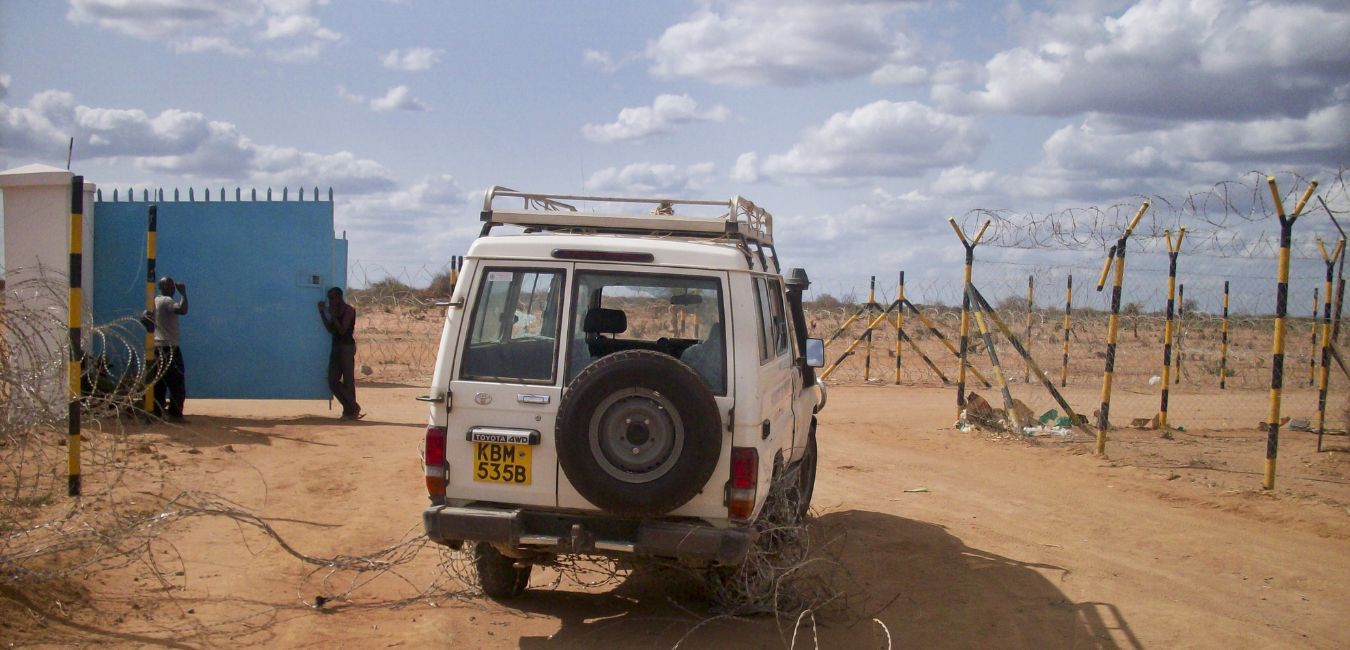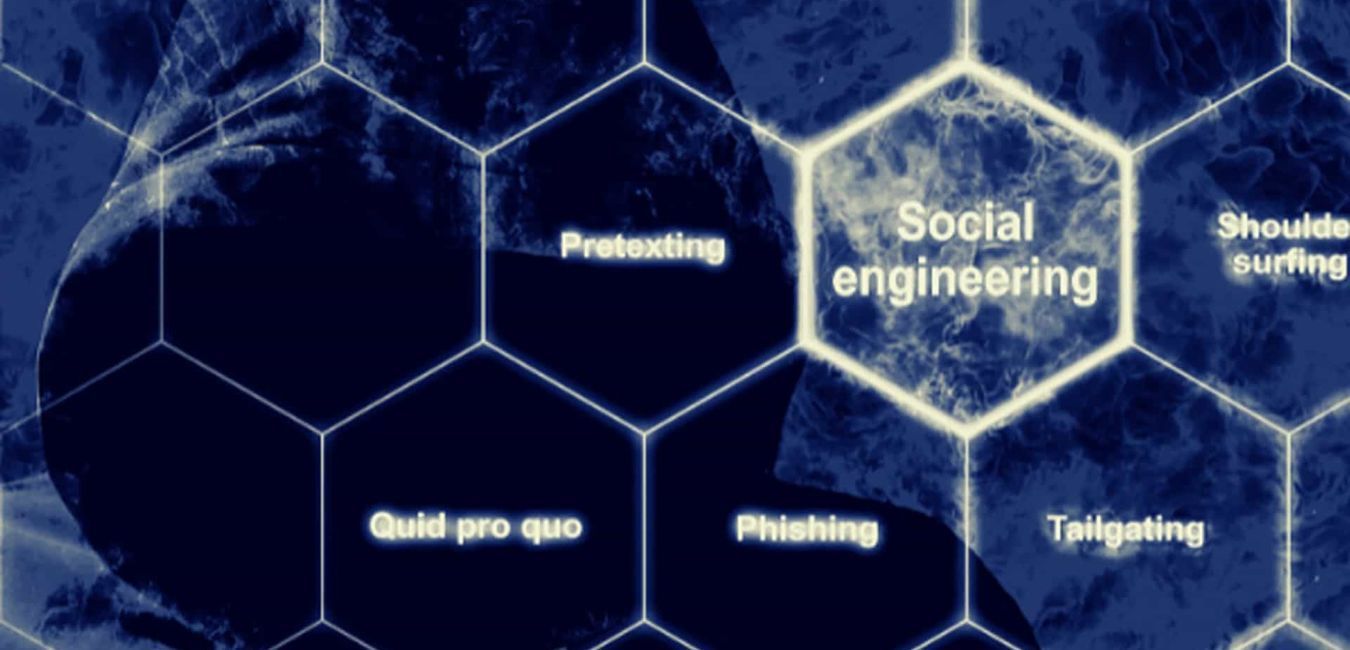GET A FREE QUOTE TODAY — CONTACT@NEMESISPROTECTION.COM
Top 5 Security Risks Facing Businesses in 2023: An Overview
In today's fast-paced business landscape, security risks are becoming increasingly complex and frequent, posing significant threats to businesses of all sizes and industries. Cybercrime, physical menaces, insider threats, supply chain disruptions, and social engineering attacks are among the top security challenges businesses encounter this year. Therefore, organizations must proactively identify and mitigate these perils to protect their employees, customers, information, reputation, facilities, and operations.
This blog post overviews the top 5 security risks facing businesses in 2023 and offers practical tips and guidance for overcoming these impediments. By understanding the nature of dangers and implementing effective security measures, companies can safeguard their critical assets and thrive in the face of evolving security problems.
Cybersecurity Risks: How to Protect Your Business from Cyber Attacks
Cybersecurity risks are among the top security challenges facing businesses in 2023. A wide range of sophisticated threats are embodied in these risks, such as malware, phishing attacks, ransomware, and data breaches. Malware is a type of software that can have harmful effects on computer systems and networks by stealing data, impeding operations, or damaging files. Phishing attacks are attempts to lure people into revealing personal information, such as passwords or credit card details, by faking being a trustworthy source. Ransomware is a sort of malware that encrypts files on a victim's computer, making them inaccessible until a ransom is paid. Data breaches occur when hackers access confidential records, such as customer details or financial statements.
Recently, cybercriminals have carried out a series of devastating cyber attacks, including exploiting a vulnerability in widely-used software to hit several US federal government agencies (CNN). Furthermore, a sweeping hack has compromised employee data at the BBC and British Airways (CNN), highlighting the growing threat of cybercrime to businesses and organizations.
Businesses can implement various preventive measures to minimize cybersecurity risks, such as using strong passwords (two-factor authentication – 2FA), encrypting sensitive data, keeping software up to date, and training employees to recognize and avoid phishing attacks. It is also essential to have a detailed incident response plan to respond quickly to security incidents and attenuate their adverse impact.
Physical Security Risks: Keeping Your Business Safe from Physical Threats
Physical security risks are another major challenge businesses encounter. These dangers encompass natural disasters and violent crimes like theft, vandalism, workplace violence, robbery, and kidnapping. In the wake of global warming and climate change, natural disasters are common; consequently, they must be considered. Floods, wildfires, hurricanes, or earthquakes can incapacitate businesses by interrupting operations and disabling infrastructures. For instance, the recent forest fires in Canada impacted individuals and businesses in the adjacent US states, forcing numerous companies to suspend their operations and send their employees to work remotely for several days (NY Times).
Theft can happen when criminals break into business premises to steal valuable assets, such as money, inventory, or equipment. Vandalism embraces property damage, such as graffiti, broken windows, or disabled hardware, which can tarnish a business's reputation and delay operations. Workplace violence, including physical assaults, threats, or harassment, can also pose a serious risk to employees and customers, resulting in emotional abuse and financial costs.
Armed robbery and kidnapping are among the most heinous physical security risks, mainly targeting C-suite executives, employees of multinational corporations, and NGOs. In such incidents, criminals ambush company personnel, either rob them or, in more severe cases, abduct them and hold them captive until a hefty ransom is paid. These situations can have severe consequences, not only for the individuals involved but also for the reputation and operations of the affected companies. Therefore, businesses must assign robust physical security measures and provide adequate training, such as situational awareness, hostile environment awareness training (HEAT), and anti-kidnapping, to their employees to lower the risk of such predicaments.
A real-life example of a kidnapping case is a Haitian gang kidnapping of over a dozen foreigners in October 2021, including US citizens and a Canadian engaged in humanitarian work in Haiti. A ransom of $1 million was demanded for each hostage (BBC). This incident highlights undesirable results of physical security risks, especially for those operating in high-risk areas.
Businesses can alleviate physical security risks by enforcing security controls such as installing security cameras, employing access control systems, securing premises and perimeters, and training employees to handle emergencies. It is also vital to have an emergency response plan ready to decrease the negative influence of natural disasters and other unexpected, adverse events.
Insider Threats: How to Prevent Employees from Becoming Security Risks
Insider threats refer to the risks posed by employees, contractors, or other individuals with authorized access to a company's systems, intel, or facilities. These individuals may intentionally or unintentionally cause harm to the organization, its reputation, or its assets. These threats are a growing concern for companies of all sizes and sectors, as they can lead to considerable financial losses, data leaks, and legal liabilities.
Types of insider threats include employees stealing trade secrets, sharing business-critical data with unauthorized parties, embezzling funds, or deliberately inflicting damage on the company's networks or infrastructure. The main motive of perpetrators is personal gain. For instance, a G4S security guard working cash-in-transit stole money from a CIT van (over $1m cash) in 2019 (Daily Mail).
In some cases, insiders may be coerced or manipulated by external actors, such as competitors or criminals, to carry out malicious activities. A prime example of insider threat attacks is the case of corporate espionage at Boeing (NBC News). A Boeing employee had been spying in favor of Chinese intelligence for several years, revealing classified information that would help China improve space operations. This incident highlights the severity of economic espionage, inside risks, and the potential loss and detrimental effects on a company's image and assets.
Mitigating insider threats requires adopting preventative measures, including conducting thorough background checks on employees and contractors, establishing specific security protocols, and regularly providing security awareness training to staff. Moreover, companies can deploy access controls and monitoring tools to detect and thwart unauthorized access and suspicious activities, thereby alleviating possible risks. Other prevention tips involve limiting access to critical information and systems on a need-to-know basis, performing regular security audits and risk assessments, and promoting a culture of accountability throughout the entire organizational structure.
In summary, insider threats represent a substantial risk to businesses, and assigning appropriate measures to lessen these risks is essential. By applying a comprehensive approach to security, including policies, procedures, and employee training, businesses can reduce the likelihood of unfavorable effects and secure their assets against danger.
Supply Chain Risks: Protecting Your Business from Supply Chain Disruptions
Supply chain risks pertain to the potential interruption or menaces that can adversely affect the flow of goods and services from suppliers to customers. These risks can arise from different sources, such as natural crises, geopolitical tensions, cyber attacks, criminals, and supplier bankruptcy. The breakdown of the distribution channels can bring about heavy economic losses, reputational damage, and lawful obligation for enterprises.
Supply chain risks include shipment delays due to transportation discontinuity, quality issues with products or services, and supplier failure to meet contractual commitments. In some instances, supply chain risks may also entail human rights violations or environmental concerns, which can ruin a brand image. For example, corporations transform their supply chains to countries with low labor costs to economize. However, outsourcing manufacturing to third-world countries like Vietnam, India, and Bangladesh carries out the most significant risks for human rights infringements and ecological issues because of poor working conditions and inadequate eco-friendly practices. The most susceptible are the production of apparel and electronics (Forbes).
In addition to the risks mentioned above, the global distribution network faces a persistent threat from maritime piracy in hotspots on the main shipping routes, such as the Strait of Malacca, the Gulf of Guinea, and off the coast of Somalia. Pirates often ambuscade cargo ships and tankers, hijacking vessels and kidnapping crew members for ransom. For instance, this year, a Danish oil tanker with 16 seafarers was captured off the coast of Congo as an example of the asperity of this issue (FOX News).
Companies can contain supply chain risks in many ways, such as executing a risk analysis, diversifying their supplier base, settling clear communication channels with suppliers, and monitoring supplier performance. Additionally, businesses can utilize contingency plans and alternative sourcing strategies to diminish the unwanted outcomes of distribution system surcease. Other pieces of advice are designing supplier codes of conduct, directing regular inspections and evaluations, and incorporating risk management into the procurement process. By adopting an integrated approach to supply chain risk management, businesses can keep their operations safe from potential threats.
Social Engineering Risks: How to Identify and Prevent Social Engineering Attacks
Social engineering is a malicious tactic cybercriminals employ to rope individuals into divulging sensitive information or undertaking activities that compromise their privacy and cybersecurity. This dirty trick is a significant risk to private individuals and companies, as it can lead to data loss, identity theft, and financial damage.
Forms of social engineering risks can comprise phishing scams, where attackers send fraudulent emails that appear to be from a legitimate source, tricking the receiver into clicking on a malicious link or providing login credentials. Another example is pretexting, where attackers create a fake scenario to gain the victim's trust and obtain necessary information.
An example of social engineering attack is the 2016 case of whaling. A CEO of an Austrian company engaged in aerospace lost his job after a cyber fraud in which the company (FACC) lost over $47 million (Reuters). An email pretending to be from a director instructing an employee to send money for a purchase. However, the deal was false, and the funds ended up in a phony account.
Educating employees and individuals on spotting and answering these threats is necessary to alleviate social engineering risks. This covers being cautious of unsolicited emails or phone calls, verifying the identity of the person or organization requesting valuable information, and utilizing strong passwords and two-factor authentication (2FA). Besides, implementing security precautions like firewalls, antivirus software, and intrusion detection systems can help discover and foil social engineering attacks. Besides that, regularly updating software and safety checks can help perceive weaknesses and address them before they are exploited.
Conclusion: Mitigating the Top 5 Security Risks Facing Businesses in 2023
To wrap up, businesses will face many security risks in 2023, including cyber threats, physical threats, insider threats, supply chain interruptions, and social engineering attacks. To manage these risks, it is imperative to take proactive steps such as implementing robust protection measures, educating employees, and doing regular security tests.
At Nemesis Protection, we offer all-inclusive security solutions tailored to meet the specific needs of your business. Our team of experts can assist you in dealing with the top five security risks confronting your organization, ensuring you are well-protected against anticipated and unexpected threats.
Please don't wait until it's too late.
Contact Nemesis Protection today to learn how we can help you handle these risks and protect your critical resources from harm.
About the Author
Meet Zika Rakita, a seasoned security specialist with over 15 years of experience in the industry. As the managing director at Nemesis Protection, Zika and his team of highly skilled professionals provide customized security solutions for private and public sectors. Zika's expertise includes personal protection, security consulting, bodyguard training, travel security, information security, private investigation, corporate security, and emergency management. Alongside his work at Nemesis Protection, Zika offers hand-to-hand combat training and freelance content writing services for clients in the security and corporate sectors. His passion for personal security and risk management has enabled him to help countless individuals and organizations protect themselves and their assets from potential threats. If you're looking for a reliable and experienced security specialist, look no further than Zika Rakita (Connect on
LinkedIn).
Nemesis Protection is a trading name of Nemesis Global LLC with offices in New York City, Los Angeles, London, and Port Moresby.
All Rights Reserved | Nemesis Protection









